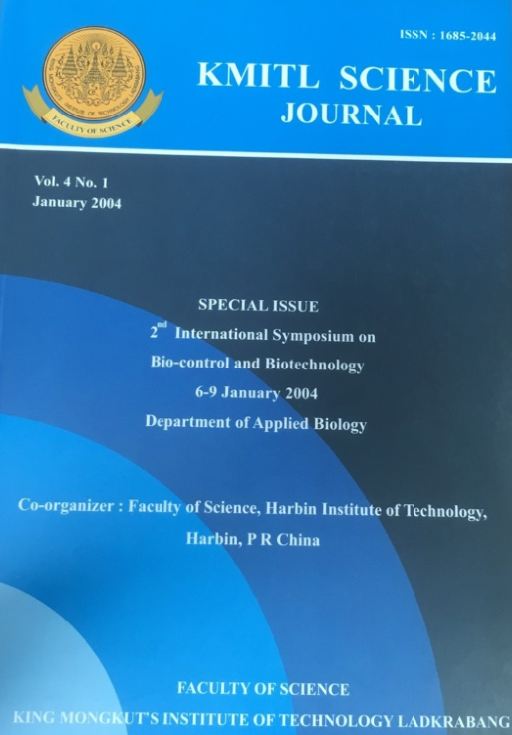Hot Water Treatment of Mango: A Study of Four Export Corporations in the Philippines
Main Article Content
Abstract
This study involved four mango export corporations in Manila. Hot water treatment (HWT) entails dipping of freshly harvested fruits in 52-55°C heated water for approximately 10 minutes. The companies have been practicing HWT since the start of their mango operation, in response to the fruit quality requirement of importing countries. They have similar marketing terms and conditions. During peak season, around 70-75 percent of mangoes come from Luzon, while the rest (25-30%), are from Visayas and Mindanao. Japan and Hong Kong are the most common export destinations, although exports were also negotiated with China, US, Singapore, Australia, New Zealand and Europe.
While HWT is accepted as an effective disease control technology, particularly anthracnose and stem-end rot, its use however, is confined mainly to mango processors and exporters. This is because these diseases only show-up when fruits are already harvested and in the hands of exporters/processors. The findings from the four cases revealed that they all practice the recommended HWT technology, but with some modifications. With HWT, the companies were assured of lower anthracnose incidence of only 10 percent, compared to those not subjected which have an occurrence of as much as 30 percent. This in turn resulted in higher volume of fruits procured and sold and consequently increased income and profit.
The key informants perceived HWT as technically feasible when examined in terms of its relative advantage, compatibility, ease of application, health and environment soundness.
Keywords: hot water treatment, HWT technology, mango, quarantine procedure
Corresponding author: E-mail: cast@kmitl.ac.th
Article Details
Copyright Transfer Statement
The copyright of this article is transferred to Current Applied Science and Technology journal with effect if and when the article is accepted for publication. The copyright transfer covers the exclusive right to reproduce and distribute the article, including reprints, translations, photographic reproductions, electronic form (offline, online) or any other reproductions of similar nature.
The author warrants that this contribution is original and that he/she has full power to make this grant. The author signs for and accepts responsibility for releasing this material on behalf of any and all co-authors.
Here is the link for download: Copyright transfer form.pdf
References
[2] Restituto Jr. Bugante et al., Determination of readiness to flower in the Carabao Mango, Enhancing Productivity of the Philippine Mango Industry. Terminal Report. DOST, PCARRD, PCIERD, UPLB, 1999.
[3] R.D. Buganic et al., Disease Control in Philippines “Carabao” Mango with Preharvest Bagging and Postharvest Hot Water Treatment. Available at http://www.actahort.org, 1997.
[4] htttp://www.dsapi.com.ph


